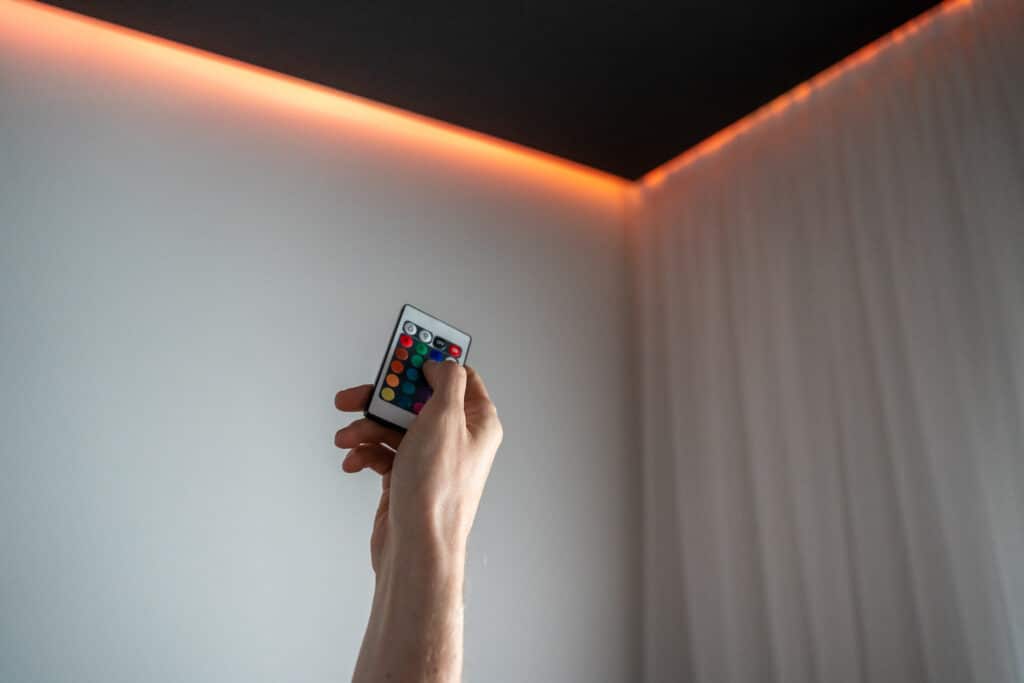The use of LED lights in electrical design has improved a lot over the decades. In 1879, Thomas Edison introduced the first commercially available incandescent bulb to the masses. In the decades that followed, lighting options remained fairly unchanged until 1962 when General Electric’s Nick Holonyak Jr. invented the first light-emitting diode (LED) technology. Today — after significant technological advancements and the implementation of key federal regulations such as the Energy Independence and Security Act (EISA) — LEDs have revolutionized the world of electrical design and are currently experiencing a surge in popularity as more and more businesses and consumers come to recognize the positive impact LEDs can have on our environment and our wallets.
Advantages of LED Lights
Before the invention of LEDs, lighting options consisted of traditional incandescent, fluorescent, halogen, and CFL bulbs. While cost-effective, the material waste and emissions created during the production and use of these light sources proved detrimental to the environment. Thankfully, LED lighting has improved considerably in cost and availability, and today offers the following benefits:
- Enhanced Life-Span: Constructed of epoxy rather than glass, LEDs are significantly more durable than their traditional incandescent, fluorescent, halogen, and CFL counterparts, easily withstanding a myriad of weather conditions as they only require temperatures greater than -4F (-20C) to illuminate. LEDs also don’t burn out. Rather, they dim as the age, lasting roughly 60,000 hours or 25 times longer than incandescent lighting according to the Department of Energy (DOE).
- Decreased Environmental Impact: LEDs have a significantly smaller environmental impact than traditional bulbs. It’s superior life-span drastically reduces the waste and pollution generated from the manufacturing, transportation and disposal of a standard bulb, as the lifetime of one LED replaces what would take six incandescent bulbs. In fact, the Environmental Protection Agency (EPA) estimates that if every American home replaced one traditional bulb with an Energy-Star rated LED, it would reduce greenhouse gas emissions by 9 billion pounds, or roughly, the amount produced by 800,000 cars. Or, put another way, switching entirely to LED lights in the U.S. over the next two decades could reduce electricity consumption for lighting by nearly 50% and avoid 1,800 million metric tons of carbon emissions.
- Increased Versatility: LEDs are available in a range of sizes, wattages, shapes, and colors, making them ideal for new and retrofitted usages that increase energy and operational efficiency while ultimately improving the bottom line. There are now options available for a variety of applications such as recessed lighting, outdoor fixtures, kitchen task lighting and more.
- Improved Cost: In the past, swapping LEDs for existing incandescent, fluorescent, halogen, and CFL bulbs wasn’t financially feasible. Fortunately, LEDs have declined in cost, making them a viable lighting solution for businesses and consumers alike. In fact, the DOE estimates that by 2030, LEDs will account for 75% of all lighting sales and within the next two decades could potentially save Americans $250 billion in energy costs if they discontinued their use of traditional incandescent, fluorescent, halogen, and CFL bulbs.
Thankfully, more and more consumers and commercial construction projects have taken positive steps to lessen their environmental impact. This is no more evident than in the significant uptick in LED sales. As electrical engineers, we’ve certainly witnessed this surge as more and more clients request lighting design that is environmentally-friendly. As Leadership in Energy and Environmental Design (LEED) certified consultants in Charlotte, we appreciate this shift in mindset. We take pride in harnessing state-of-the-art technologies, such as LEDs, so that the health of the environment, your occupants and ultimately, your bottom line is positively impacted. Contact us to see how we can help save the environment, one light bulb at a time.
—
About VP Engineering
VP Engineering is a dynamic MEP design firm offering engineering expertise in senior living, multi-family, hospitality, medical, industrial, retail/commercial and educational markets worldwide. With experience in a wide range of building types, our MEP engineering services help keep projects on budget and achieve your goals. Learn more at vpce.com.



